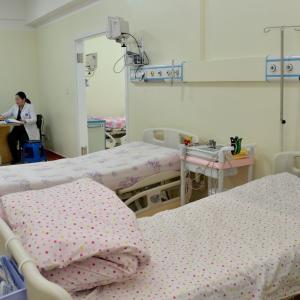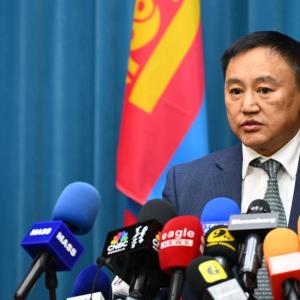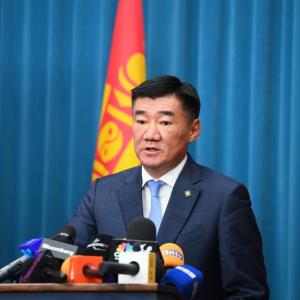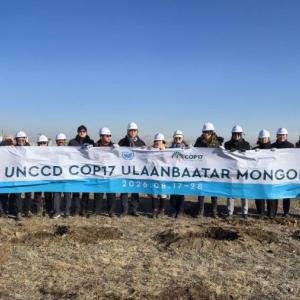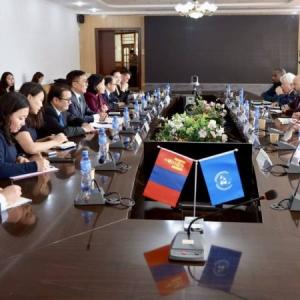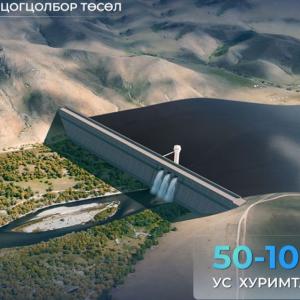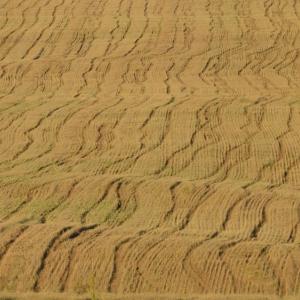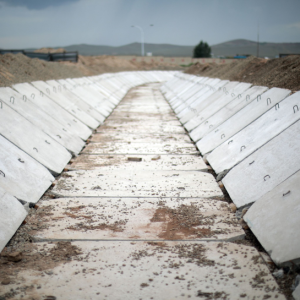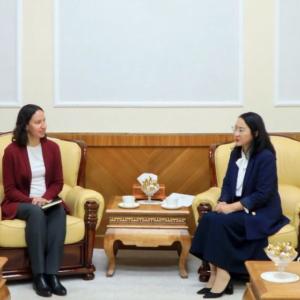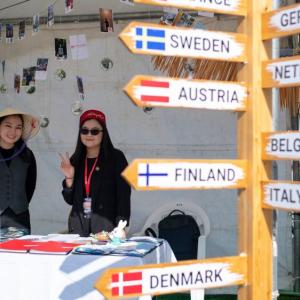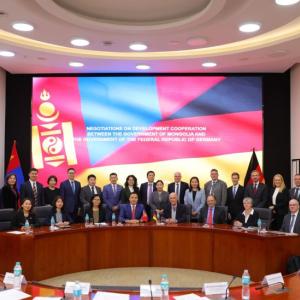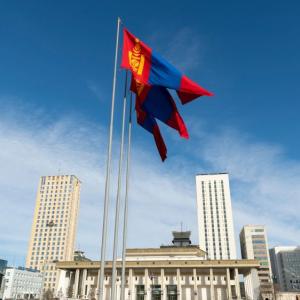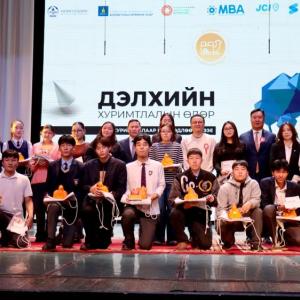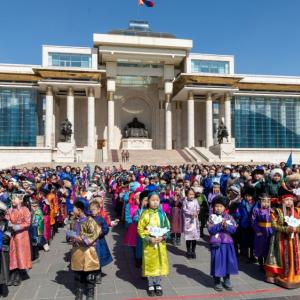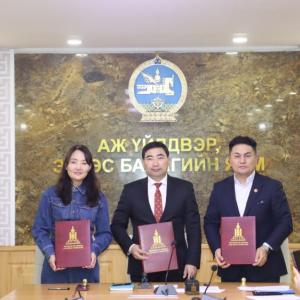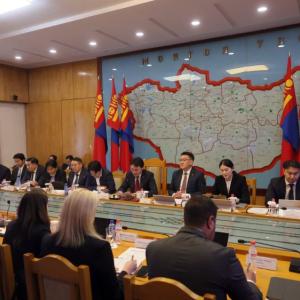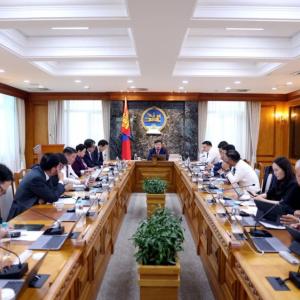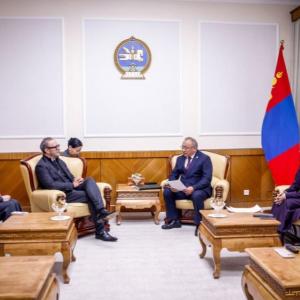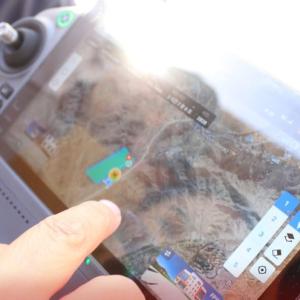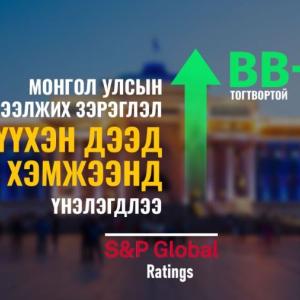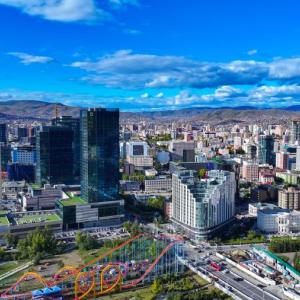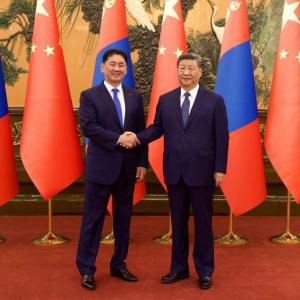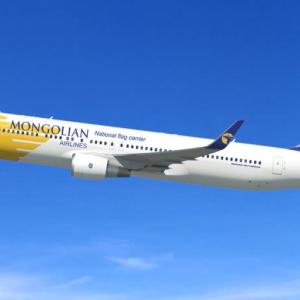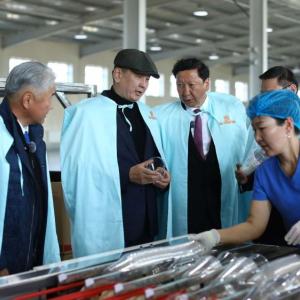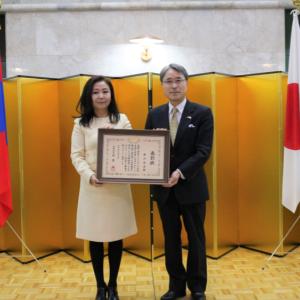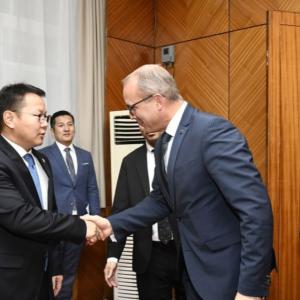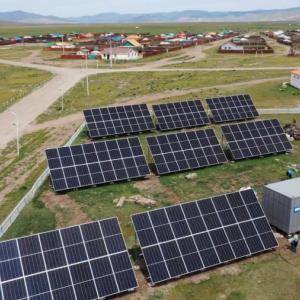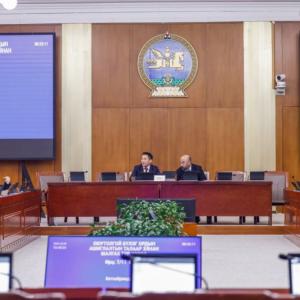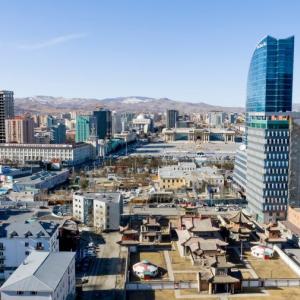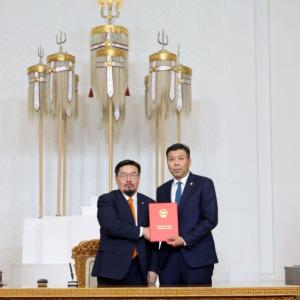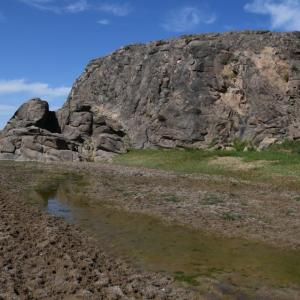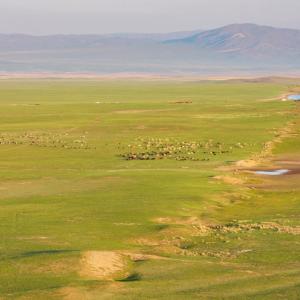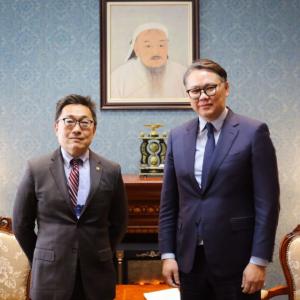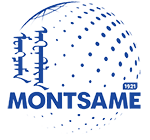The Wolf Economy Awakens: Why Mongolia is Becoming Interesting for International Companies
Economy
Ulaanbaatar,
February 23, 2025 /MONTSAME/. The Board Journal, an international digital business
magazine based in Frankfurt, Germany, published an article on Mongolia's
developing economy on February 13, 2025.
“In the middle of East Asia, a country is striving for
a strategic position in the global economy: Mongolia has rich mineral resources
such as rare earths, which are important for the production of quantum chips.
At the same time, the government is pushing ahead with major infrastructure
projects in terms of renewable energies and transport, and is focusing on a
“digital-first strategy”, export of high-quality consumer goods and tourism.
This results in interesting business approaches for entrepreneurs and
executives in the “Wolf Economy”.
In the endless steppe of the Gobi Desert, four motorcyclists
race along a track, dragging a long cloud of dust behind them. Passing steep
rock faces of the Gobi Gurvansaikhan National Park, they reach Khongoryn Els,
where huge sand dunes meet the Altai Mountains with the 4,000-meter-high Altai
peak. The group’s destination is the “Ger Camp” – a small tent city. In the
round, white-grey, house-high and fully equipped tents, the drivers find
shelter for the night.
Experiential tourism generates
visitor growth
“Experiencing Mongolia’s nature and traveling individually
has attracted many international tourists over the past twenty years,” says
Ganhuyag Chuluun Hutagt and shows a promotional video with impressive drone
footage. The entrepreneur and former Vice-Minister of Finance points to a
strong growth in visitors. In 2023, 593,000 tourists came to Mongolia. Between
2000 and 2019, the number of international visitors increased 13-fold. The fact
that visa-free entry can be made from 61 countries has also contributed to
this.
Cashmere and vodka as export hits
In addition to adventure tourism, Mongolia focuses on
high-quality consumer goods. About 50% of the world’s cashmere wool is produced
in the landlocked country and distributed worldwide. “Mongolia is also known
globally for premium vodka of the Chinggis Khan brand,” says Gan, raising his
glass. The basis for this is strong agriculture, which has a strong potential
for international manufacturers of agricultural machinery and modern
agricultural technologies.
Mineral resources are the backbone of
the economy
The backbone of the Mongolian economy, however, is
mining, which contributes around a quarter of the gross domestic product. Coal
and copper (top 5 export country) are mined in particular, as well as zinc,
iron, uranium, tungsten or fluorspar (top 4 export country). Gold production
increased 26-fold within 20 years to 2022. “In addition, we can offer a
strategically interesting alternative to China with rare earths such as cobalt
or terbium,” Gan emphasizes. Because only a fraction of Mongolia’s territory
has been explored so far, specialized companies find considerable business
potential in this area.
Renewable energies and transport
expanded
In order to become less dependent on energy and
logistics from Russia, the Mongolian government is pushing ahead with major
infrastructure projects. “We have about 300 days of sunshine per year. Mongolia
therefore offers enormous opportunities for solar and wind power companies,
especially for solar energy,” says Gan, pointing out that the total potential
of renewable energies is estimated at 3,300 gigawatts. By 2030, the share of
electricity from solar and wind is to be one third. In addition, the government
wants to expand regional connections in the 1.5 million square kilometre
country (3 times the size of France) through new roads and railway lines. This
offers interesting starting points for construction companies from all over the
world.
Digital transformation and young
population
In addition, the Mongolian government is pushing ahead
with the country’s digital transformation. More than 1,000 administrative
services are to be bundled on a digital platform for citizens and companies. At
the same time, work is being done to connect rural regions with fast internet
through satellite networks such as Starlink. Together with cooperation partners
from all over the world (including Google), the digital skills of the
population and the economy are to be expanded.
For international companies investing in Mongolia, the
population of around 3.5 million people, including more than 1.7 million people
in the capital Ulaanbaatar alone, offers attractive potential: 2.1 million
inhabitants are under 35 years of age, of which 1.26 million are under the age
of 18 – interesting with regard to consumers and employees.
Returnees awaken the wolf economy
In light of the dynamic economic growth, Ganhuyag
Chuluun Hutagt described Mongolia already years ago as the “wolf economy“. This
term was later spread by the Russian investment bank Renaissance Capital, which
referred to Mongolia as the “new Asian tiger” or “Mongolian wolf”. Author Johan
Nylander has also taken up this term for his book “The Wolf Economy Awakens”,
published in 2023, in which he describes the developments of the democratic
system and economic prospects for Mongolia. He reports on innovators and
entrepreneurs who have returned after years abroad, importing new impulses –
and thus awaken Mongolia’s wolf economy.
Some key facts:
·
3.5 million people overall
population
·
50% growth for number of employment
(2000-2023)
·
B+ / B+ / B2 rating (2023)
·
Capital: Ulaanbaatar
·
6.9% GDP growth (2015-2023)
·
4.9% GDP per capita growth
(2015-2023)
·
11.3% FDI to GDP ration (2023)
·
46.8% Debt to GPD ratio (2023)
·
6.7% inflation rate (Q3 2024)
·
6.1% unemployment rate (Q3 2024)
·
Foreign Direct Investment: 6.5bn
USD (2022/23)
·
China biggest trade partner: 14.2bn
USD (Q3 2024), i.e. 69.6% of Mongolia’s total trade
·
Switzerland second-largest trading
partner
·
Import tariff: 5-20%
· NewCo can be established within 24 hours”
//www.boardjournal.net/2025/02/13/the-wolf-economy-awakens/


 Ulaanbaatar
Ulaanbaatar








